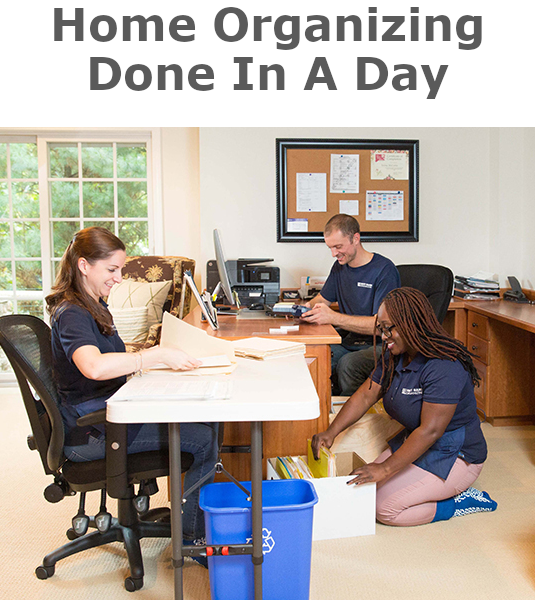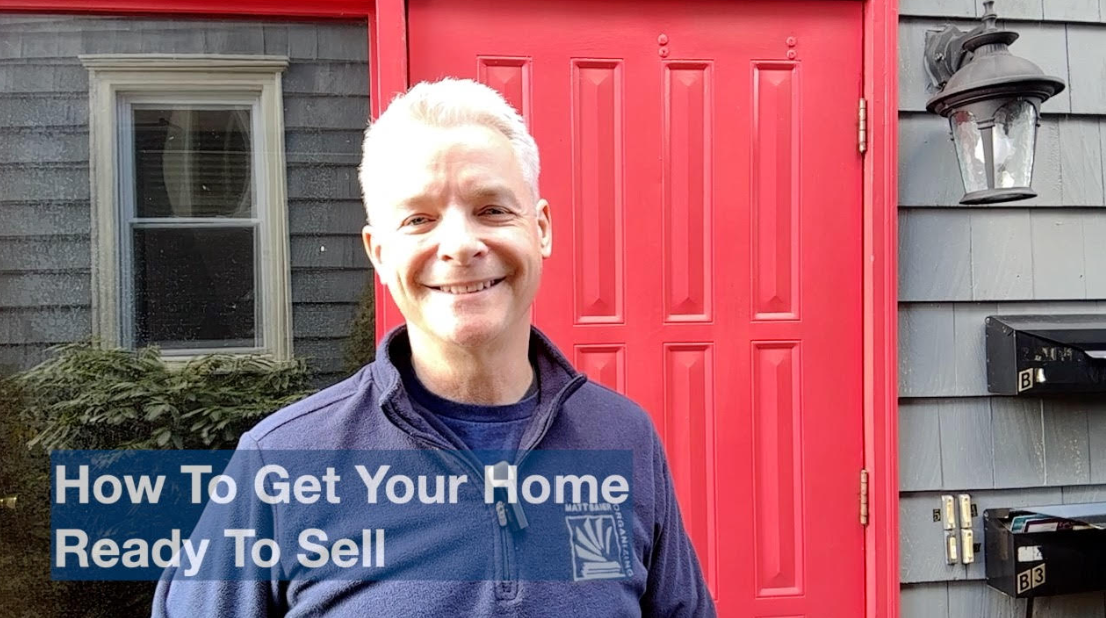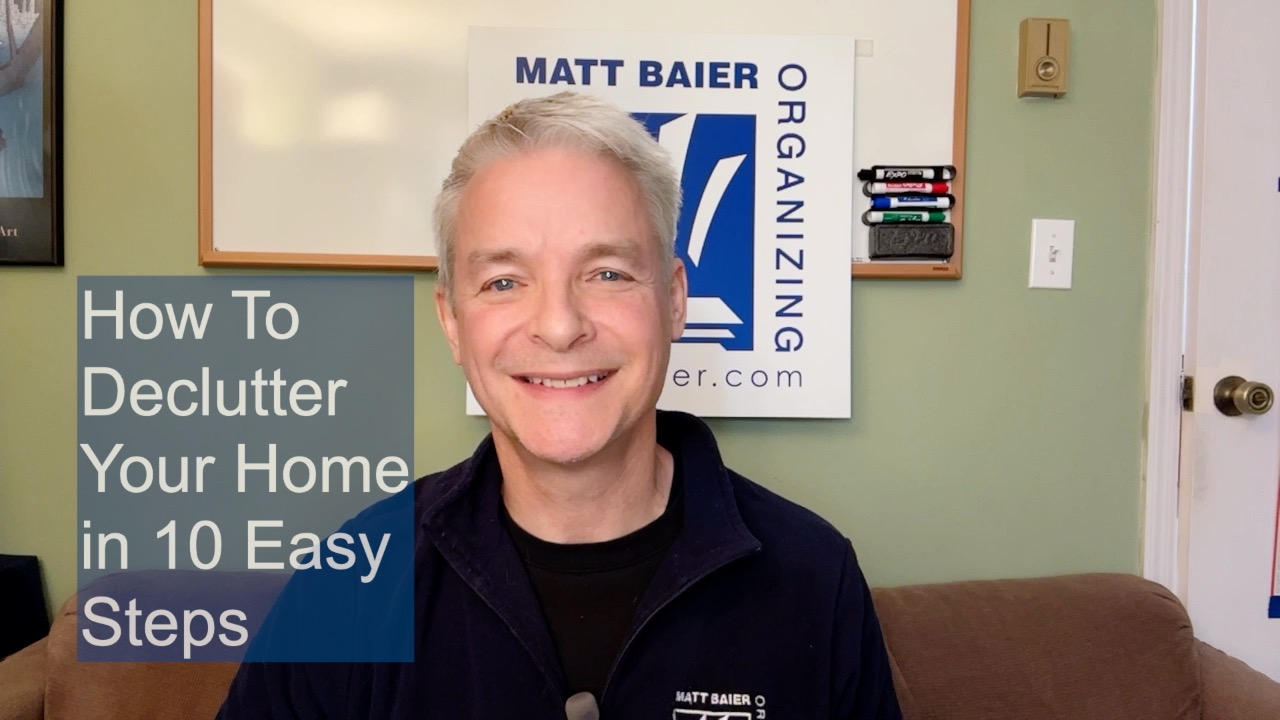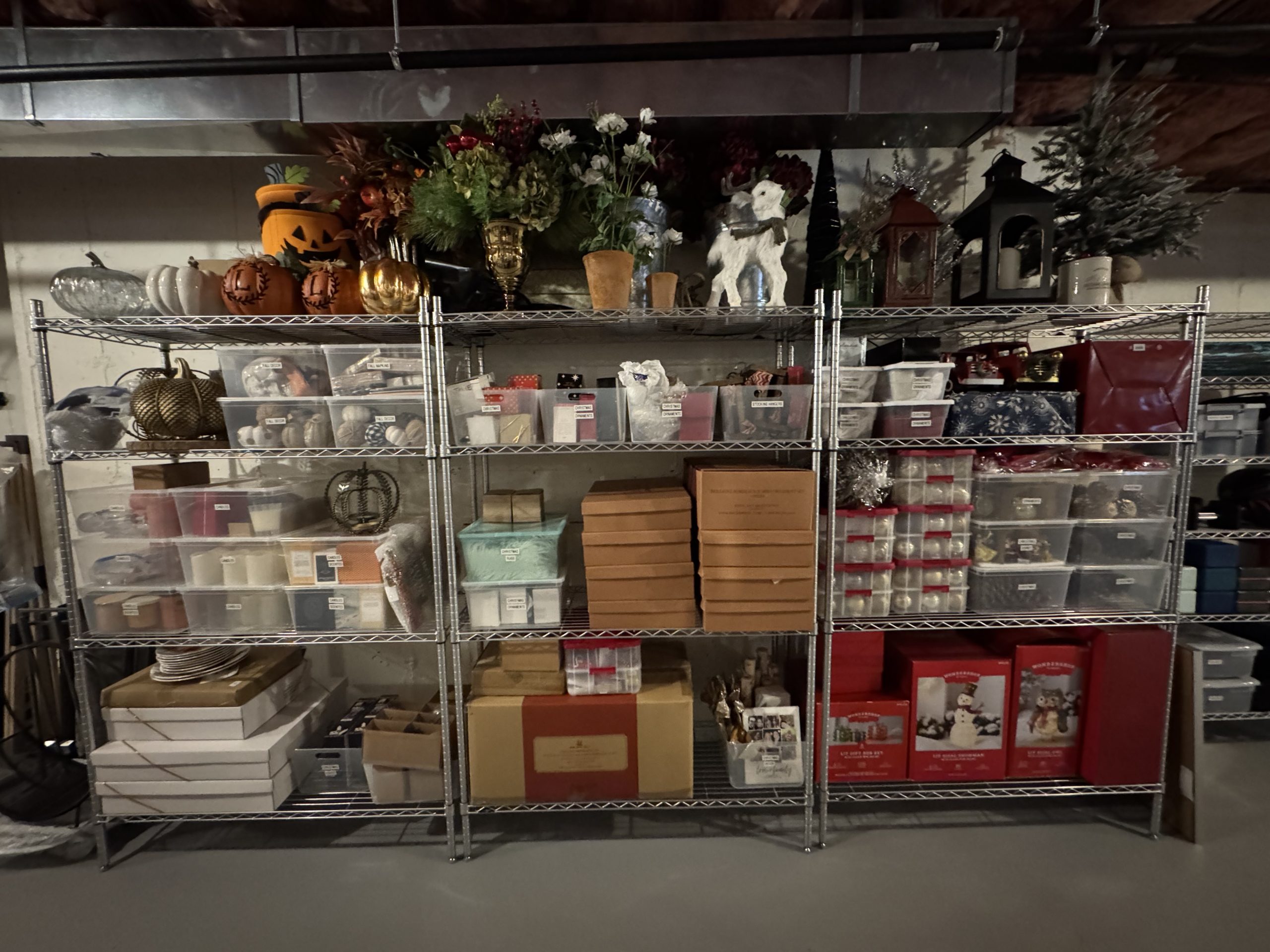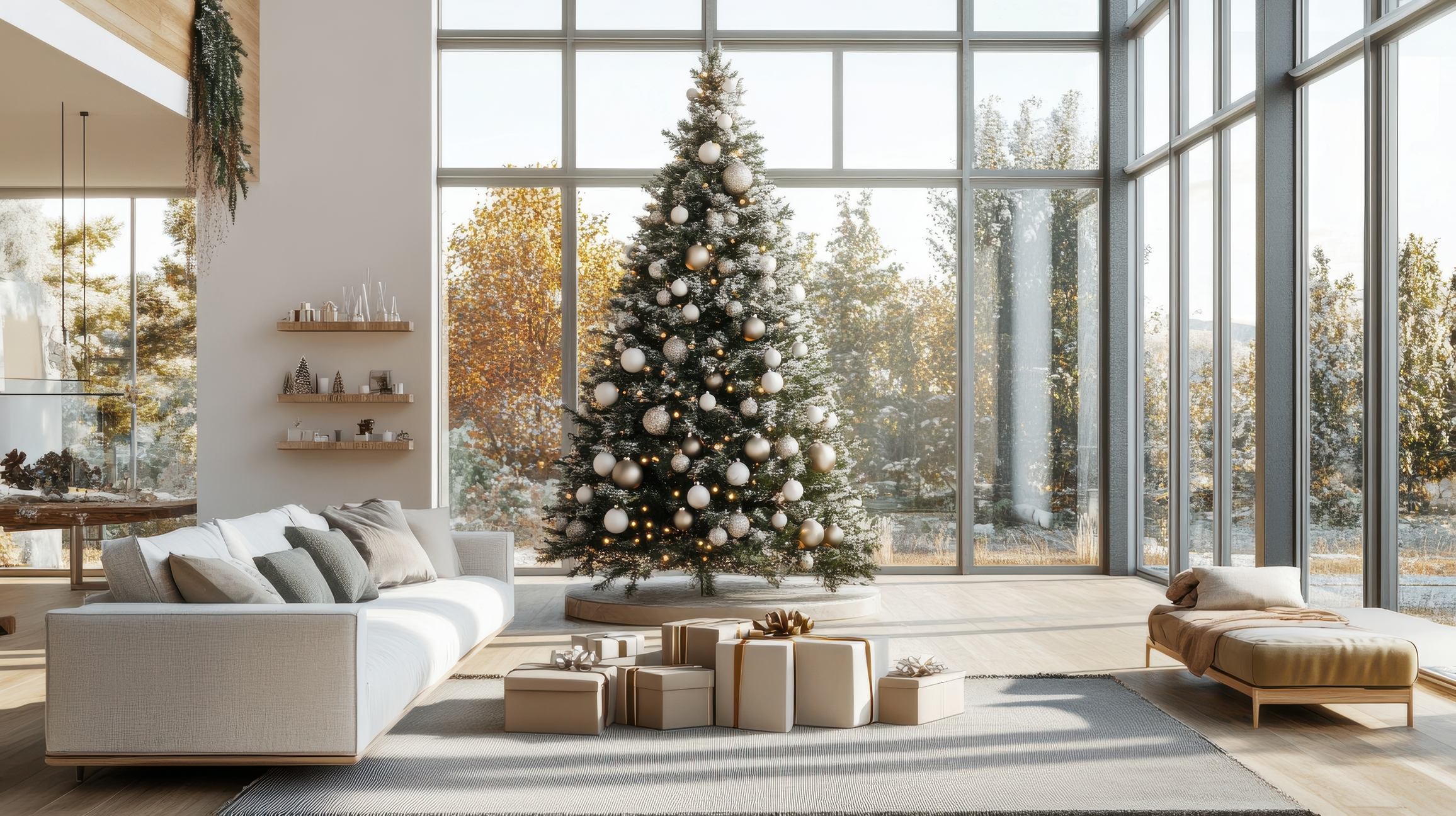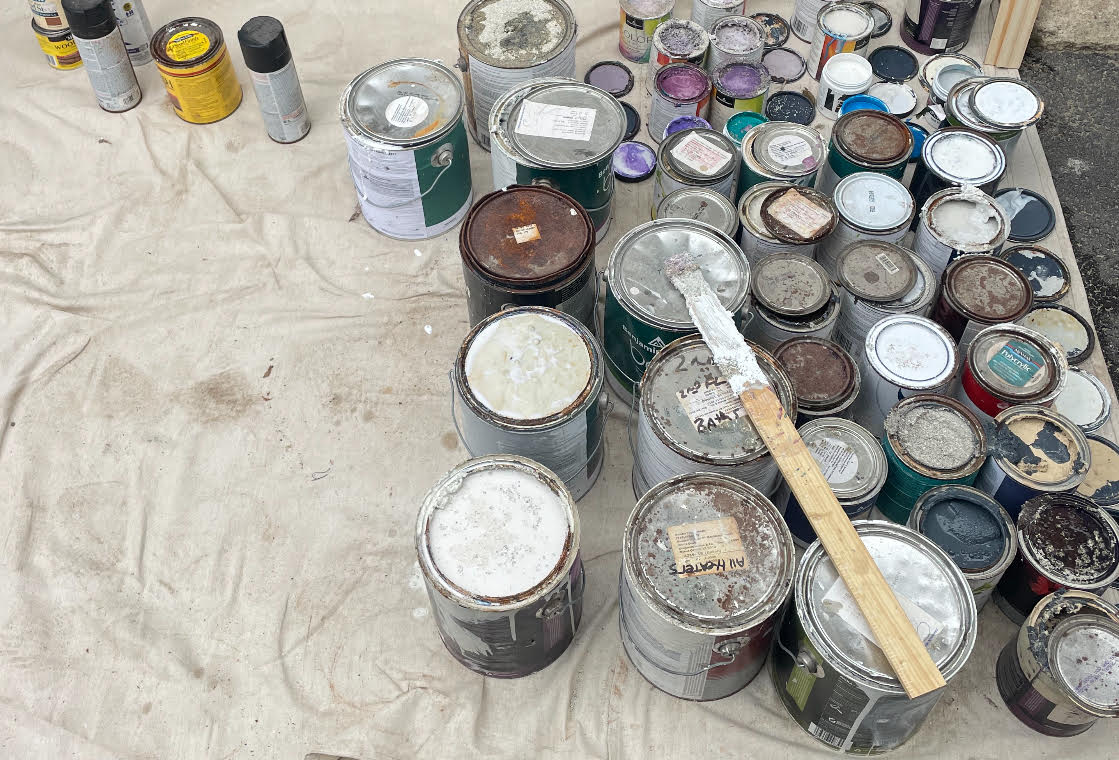Quantity Dictates Systems
One of the questions I get asked most frequently, before starting an organizing project is “What should I buy?” I have a very simple answer: nothing. This is especially true for the big projects we tend to get this time of year, like garages, basements, attics. The reason comes down to this very simple organizing rule: quantity dictates systems.

1. getting organized
2. staying organized
Staying organized requires systems. A system is also made up of two distinct components:
1. an easy habit
2. an appropriate structure, based on the quantity you are keeping.
You cannot determine that manageable quantity by trying to do the two stages at the same time, let alone skipping the getting organized stage. Get some cardboard boxes for temporarily sorting in the getting organized stage, but hold off on buying more permanent containers. (We bring the cardboard boxes, which is why I tell the client to buy nothing.)
Ultimately, getting organized is more about sorting out priorities, than your stuff. The best way to do this is to pull everything out and sort like with like. This will create a context, which is important, because context drives decisions.
For example, let’s say you’re organizing your garage. Sort all your garden tools together on the driveway. Do the same for the sports equipment, auto supplies, unpacked moving boxes, and kid’s toys. When you can clearly see that the kid’s toys take up the better part of a garage bay alone and half of them don’t even get played with any more, the toys have become a lower priority. It’s very common to find parents more attached to the toys than the kids are. Sure you paid $300 for that Barbie Jeep, that your daughter grew out of, but if it’s forcing your $30,000 car into the driveway, unprotected, the priorities need adjustment. The lower priority items from the garage need to be sold, tossed, or donated.
In this case, the quantity is just one, the car, and the system is pretty obvious, a garage bay, but it’s amazing how easy it is to lose perspective. Smaller systems become apparent by going through smaller items. Perhaps you can dedicate a shelf to tool storage and another to auto supplies, just by opening up some of those moving boxes that are still taped up. Half of the moving box may be packaging material and the rest may be décor that is no longer right for your home.
As I said before, having the right structure for your stuff is only half the story for having an effective system, but it absolutely helps an easy habit. If you have plenty of room on a dedicated tool shelf, it is easier to make a habit of putting your tools away when you are done with them and finding them when you need them.
If you find yourself with an empty container and you’re wondering what you can put in it, STOP. Pare down the quantities in your categories to reasonable, manageable amounts, based on your priorities today, THEN ask yourself what containers you need. You might not need any!
Please Share With Your Community
Related Posts
Testimonials
What some of our clients are saying
Imagine An Organized Home





